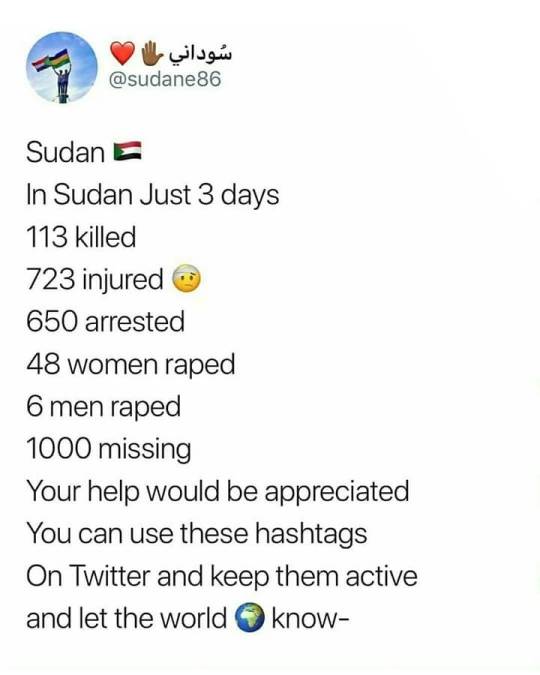Text
I think a very real question everyone on langblr needs to get better at asking themselves is: why do I want to study this language? Is it for vanity? Am I commodifying it? Would it be more respectful to study it without speaking it? And if you’re uncomfortable with posing these questions, then you need to take a massive, massive step back.
347 notes
·
View notes
Text
Just to put this out there but
Why does anyone think it’s appropriate to just go around learning Yiddish like it’s Swedish or French? I’m not sure how actual speakers feel—albeit I grew up with plenty—but every time I think of Yiddish I think of the fact that the grand majority of its native speech population were killed during the Holocaust and the language never actually recovered from it in Europe. Like you can’t just, ignore that.
Again, I’m not Jewish. I certainly have no ties to Yiddish. But Yiddish isn’t just some language, you know. It has one of the most disastrous stories of speech population loss that I can think of and it’s explicitly tied to the identity of millions of Jews whom still face normalized anti-Semitism in Europe.
178 notes
·
View notes
Photo

THE BENGALI FAMILY: BASIC RELATIONSHIPS
Dhaka, Bangladesh | Muslim
INTRODUCTION
Bengali distinguishes bloodlines and marriage partners by using unique titles for each married pairing when it comes to aunts, uncles, and grandparents as well as using these titles to determine which cousins are parented by whom. In English, for example, we have to go through the trouble of explaining to a stranger how someone is related to us, but in Bangla the relationship is already implied by title. In Bangla, blood relation is prioritized when it comes to assigning a title. An aunt and uncle married pair earns their name by whichever partner is related to you by blood, and their children (your cousins) will be named after the blood relative’s honorific title.
For example, your mother’s sister is your aunt, so you call her khala. Her husband is named after her because of her position as a blood relative, so he is called khalu. You refer to their daughter (your cousin) as your khalato bon, which roughly means “sister from khala.” Blood relatives lend their titles to their families regardless of their gender.
THE ROLE OF RELIGION
The most stark differences in familial titles across Bengal result from differences in religious background. Bengal was once a mostly Hindu region and after waves of Persian and Arab influence the language of the region changed. The most dramatic changes can be seen in the communities that converted to Islam and therefore adopted a lot of Persian and Arabic vocabulary. For example, a Hindu Bengali in West Bengal has a কাকা [kaka], who would alternatively be called চাচা [caca] by a Muslim Bengali in Bangladesh, and a Hindu’s মাসী [masī] might be a Muslim’s খালা [khala]. Despite this shift, Muslim families may still use the traditional Bengali terms, as is the case in my partner’s family. They keep the Arabic খালা but prefer to use the Bengali কাকা instead of চাচা. These slight variations come down to familial or regional preference.
DISCLAIMER
This post is based on my partner’s family’s usage, focusing on titles and conventions used by a Muslim family from Dhaka, Bangladesh. This can differ from other Bangladeshi families and from other Bengali families as a whole.
For a vocabulary list of the words used in the chart above, and for additional notes, continue reading below:
Keep reading
52 notes
·
View notes
Text
If I ever post or reblog something that disrespects your language or culture please let me know
1K notes
·
View notes
Text
I was reading this and it’s like okay but most Americans also “have a very hazy idea of the composition of the UK.”😂

19 notes
·
View notes
Text

Linguistic Diversity Challenge — Week 1
Just in the event anyone was interested in the challenge but missed any contribution I provided, here’s what I did:
Orma (Cushitic, Afroasiatic)
Baŋɡɛri Mɛ (isolate)
Dahalo (Cushitic, Afroasiatic)
Ts’ixa (Khoe-Kwadi)
Tagdal (mixed Amazigh-Songhay)
Ma’a (mixed Bantu-Cushitic)
Ilwana (possibly mixed Bantu-Cushitic)
An overview of: Cushitic
For anyone interested in the challenge, here’s the original post by @languagesandshootingstars for reference.
#linguistic diversity challenge#Orma#Baŋɡɛri Mɛ#Dahalo#Ts'ixa#Tagdal#Ma'a#Ilwana#Cushtic#yeessssssssss#how did I miss these
9 notes
·
View notes
Text


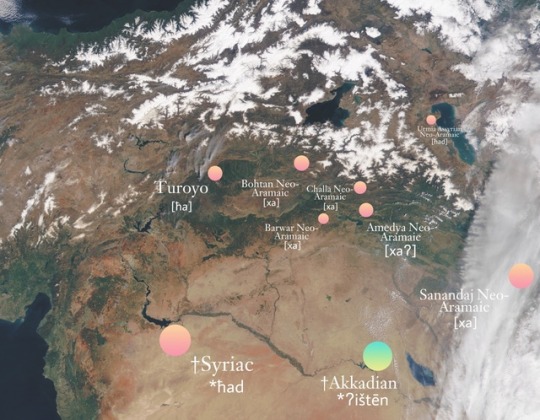

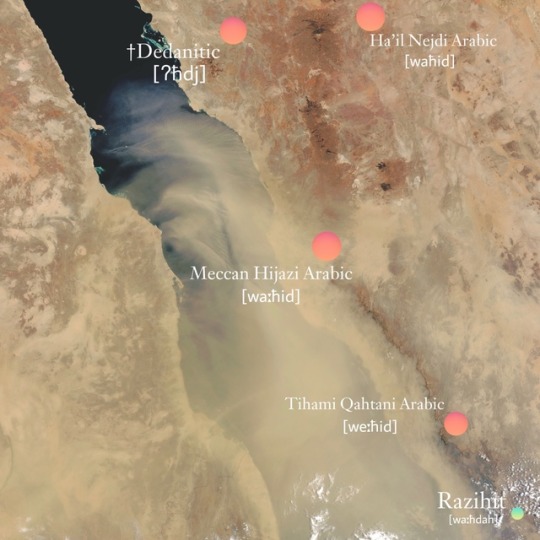



‘one’ in various Semitic languages
Just to break the maps down:
Punic in Carthage
Neo-Aramaic, Syriac, and Akkadian
Canaanitic, Arabian, and the language of the Deir ‘Alla inscription
Dedanitic, modern Arabian Arabic varieties, and Razihit (the sole remaining Sayhadic language)
South Arabian and Sayhadic
North Afrosemitic, Central Transversal South Afrosemitic, Harari, and Afro-Sabaic
Eastern Transversal South Afrosemitic (minus Harari) and Outer South Afrosemitic
#ahhhhhhhh#thank you <3#for doing such a great job with these maps#I love them so much#semitic#one#semitic languages
90 notes
·
View notes
Text
Concept: a language learning app focused on national languages and lingua francas outside of European languages, that is contributed to by linguists so the interface can actually work with polysynthetic and isolating languages for instance. There would be an introduction course on what the language actually is, where it’s spoken, and some of its history—so you actually know about the language you’re looking to learn. Courses only would be released if it offers orthography lessons and audio recordings of native speakers to assist with familiarization with the phonology of said language, and would offer the option to also have IPA transliteration as well to help visualize the actual pronunciation as opposed to attempting to copy an audio recording.
172 notes
·
View notes
Text
for chinese new year they get all these famous actors and comedians together and they do a lil show and one of the comedians was like “i was in a hotel in america once and there was a mouse in my room so i called reception except i forgot the english word for mouse so instead i said ‘you know tom and jerry? jerry is here’
872K notes
·
View notes
Text
Okay, so “Nubia” seems to actually not be thought to mean “gold land” anymore—and considering this is mentioned in Cooper (2015) it has to be seriously taken into consideration:



I feel like my whole life is a lie, I need to read more papers about the study of etymologies in Egyptian, especially from loanwords. And this being a term of Meroitic origin makes a lot more sense than the previous suggestions which are apparently the folk linguistic etymologies we all know for “Nubia”.
33 notes
·
View notes
Text
I’m sympathetic to the whole “Egyptians are the ancestors of Balck Americans” fantasy, because it’s founded in a real traumatic loss of cultural and ancestral memory—but look you shouldn’t deny a whole region of Africa from their actual heritage so you can feel better about your own identity.
It’s not right because first off, it’s denying a people of their right to their heritage in popular discourse, but it also breeds on neo-colonial racial views that inherently seek to remove Northern Africa from the rest of Africa in the most absurd ways that boil down to repetitions of late 19th and early 20th century racial invasion theories. It’s just, wrong.
And I always take it personally because it has implications for me, too. If Egyptians aren’t “African” in the colonial sense, then I’m not either; because unfounded migration theories were used to explain my ethnic group too. Nearly a half of Africa’s physical geography is non-African in its human dimension according to this line of thought and that’s inherently colonial and just outright founded in those antiquated white supremacist views.
38 notes
·
View notes
Photo




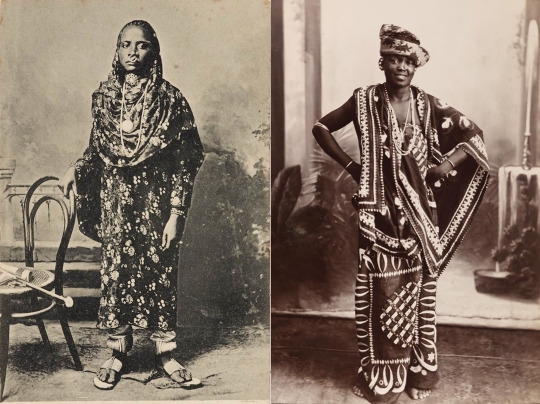





Sailors and Daughters. Early Photography and the Indian Ocean (the Swahili Coast)
Sailors and Daughters reveals the expansive maritime societies of Zanzibar, the east African coast, and beyond. From the 1840s, cameras traced the international migrations of traders, sailors, sons, and daughters through Indian Ocean ports, continuing trade that dates back over five millennia. East African cities flourished as hubs of both land and sea trade routes, which extended to the central African interior, Horn of Africa, Persian Gulf, Indian Ocean islands, western India and the Far East.
The region’s intercultural ethos generated a multitude of encounters between subjects, photographers, and the global audiences who viewed the resulting images. By gathering images from scarce and little-known collections of early photographs, lithographs, postcards, and private albums, this exhibition focuses attention on a diverse cross-section of the region’s people and their cosmopolitan cities by the sea. It serves as a starting point for a larger photographic and creative visual history of the prosperous and diverse communities of the Indian Ocean world.
From the 1850s, photographs captivated people across the globe, and Zanzibar was no exception. By 1883, Sultan Barghash bin Said created a camera obscura room in a high tower of his new palace, called the House of Wonders. Life-sized portraits in oil, stereopticon viewers, and photo albums replete with cartes-de-visite of local and European sovereigns graced the Sultan’s many residences. Turn-of-the-century Zanzibar studios thrived on elite patronage, while also marketing urban views and portraits to growing numbers of temporary residents and visitors. The abolition of slavery in 1897 marked a turning point in the history of photography as well. Demand for touristic images of Zanzibar’s legendary beauties, posed and smiling, coincided with the moment when newly freed women began to dress and adorn themselves in ways previously forbidden. Though such photographs were mass-marketed as postcards and souvenirs, these images nevertheless suggest a complex interaction. Wearing expensive clothes, many of the women’s poses and demeanors suggest a strikingly modern and assured connection with the camera. Taken within the context of photography’s sudden expansion to include wealthy and poor, aristocratic and newly freed, these portraits remain an extraordinarily valuable trace of the island’s untold histories. The art collection includes images from not just Zanzibar but also other Swahili city states capturing the beauty of Swahili (Waswahili) women. © Smithsonian , National Museum of African Art.
3K notes
·
View notes
Photo
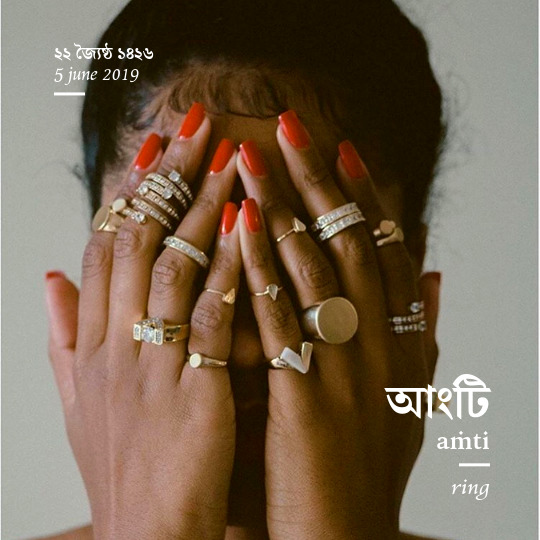
২২ জ্যৈষ্ঠ ১৪২৬ | 5 june 2019
Bangla Word of the Day:
আংটি [aṁti] | ring
27 notes
·
View notes
Text
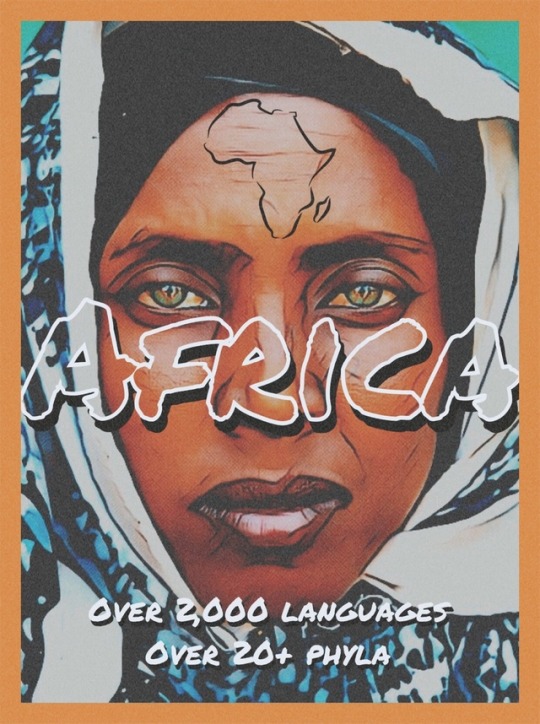
I’ve officially resorted making a tourist poster advertising languages in Africa.
Since people say they aren’t interesting enough.
#I love these#so much#languages of africa#Cushitic#semitic#omotic#gerta#surmic#shabo#kunama#maban#kadu#daju#saharan
179 notes
·
View notes
Text
Why "doing something relaxing” does not help your anxiety
A lot of the time when people give advice intended to relieve anxiety, they suggest doing “relaxing” things like drawing, painting, knitting, taking a bubble bath, coloring in one of those zen coloring books, or watching glitter settle to the bottom of a jar.
This advice is always well-intentioned, and I’m not here to diss people who either give it or who benefit from it. But it has never, ever done shit for me, and this is because it goes about resolving anxiety in the completely wrong way.
THE WORST THING YOU CAN DO when suffering from anxiety is to do a “relaxing” thing that just enables your mind to dwell and obsess more on the thing that’s bothering you. You need to ESCAPE from the dwelling and the obsession in order to experience relief.
You can drive to a quiet farm, drive to the beach, drive to a park, or anywhere else, but as someone who has tried it all many, many times, trust me–it’s a waste of gas. You will just end up still sad and stressed, only with sand on your butt. You can’t physically escape your sadness. Your sadness is inside of you. To escape, you need to give your brain something to play with for a while until you can approach the issue with a healthier frame of mind.
People who have anxiety do not need more time to contemplate, because we will use it to contemplate how much we suck.
In fact, you could say that’s what anxiety is–hyper-contemplating. When we let our minds run free, they run straight into the thorn bushes. Our minds are already running, and they need to be controlled. They need to be given something to do, or they’ll destroy everything, just like an overactive husky dog ripping up all the furniture.
Therefore, I present to you:
THINGS YOU SHOULD NOT DO WHEN ANXIOUS
–Go on a walk
–Watch a sunset, watch fish in an aquarium, watch glitter, etc.
–Go anywhere where the main activity is sitting and watching
–Draw, color, do anything that occupies the hands and not the mind
–Do yoga, jog, go fishing, or anything that lets you mentally drift
–Do literally ANYTHING that gives you great amounts of mental space to obsess and dwell on things.
THINGS YOU SHOULD DO WHEN ANXIOUS:
–Do a crossword puzzle, Sudoku, or any other mind teaser game. Crosswords are the best.
–Write something. It doesn’t have to be a masterpiece. Write the Top 10 Best Restaurants in My City. Rank celebrities according to Best Smile. Write some dumb Legolas fanfiction and rip it up when you’re done. It’s not for publication, it’s a relief exercise that only you will see.
–Read something, watch TV, or watch a movie–as long as it’s engrossing. Don’t watch anything which you can run as background noise (like, off the top of my head, Say Yes to The Dress.) As weird as it seems, American Horror Story actually helps me a lot, because it sucks me in.
–Masturbate. Yes, I’m serious. Your mind has to concentrate on the mini-movie it’s running. It can’t run Sexy Titillating Things and All The Things That are Bothering Me at the same time. (…I hope. If it can, then…ignore this one.)
–Do math problems—literally, google “algebra problems worksheet” and solve them. If you haven’t done math since 7th grade this will really help you. I don’t mean with math, I mean with the anxiety.
–Play a game or a sport with someone that requires great mental concentration. Working with 5 people to get a ball over a net is a challenge which will require your brain to turn off the Sadness Channel.
–Play a video game, as long as it’s not something like candy crush or Tetris that’s mindless.
THINGS YOU SHOULD DO DURING PANIC ATTACKS ESPECIALLY:
–List the capitals of all the U.S. states
–List the capitals of all the European countries
–List all the shapes you can see. Or all the colors.
–List all the blonde celebrities you can think of.
–Pull up a random block of text and count all the As in it, or Es or whatever.
Now obviously, I am not a doctor. I am just an anxious person who has tried almost everything to help myself. I’ve finally realized that the stuff people recommend never works because this is a disorder that thrives on free time and free mental space. When I do the stuff I listed above, I can breathe again. And I hope it helps someone here too.
(Now this shouldn’t have to be said but if the “do nots” work for you then by all means do them. They’ve just never worked for me.)
263K notes
·
View notes
Text

So just to provide a comprehensive overview of my original context regarding languages in Africa, albeit much of it is languages in Northeast Africa, I decided to make this easily more accessible by putting links to all of such in one place for those interested. Mind you, this is only posts with visuals. So, here you go:
Visual Swadesh lists (42 posts)
Linguistic Diversity Challenge week 1 (7 posts)
Lingusitic Diversity Challenge: ’Bëlï
Linguistic Diversity Challenge: Defaka
Linguistic Diversity Challenge: Sandawe
An Overview of: Oromoid
An Overview of: Surmic
An Overview of: Cushitic
Introductions: Eastern Omo-Tana (9 posts)
Introductions: Central Cushitic (5 post)
Introductions: Saho
Introductions: Sidamo
Introductions: Gumär
Introductions: Mäsk’an
Introductions: Dahalik
Zigula: Retroflex Consonants
There’ll be more, of course. So this will be periodically updated.
#languages#lingusitics#languages of africa#swadesh#Cushitic#surmic#oromoid#saho#sidamo#dahalik#zigula#sandawe#defaka
616 notes
·
View notes


